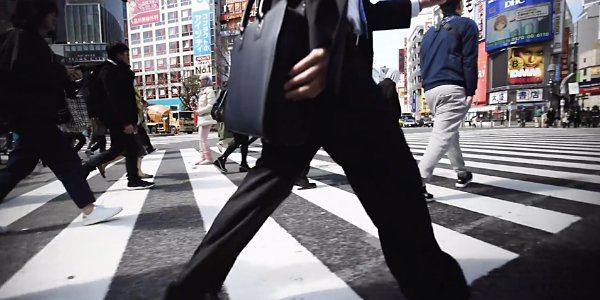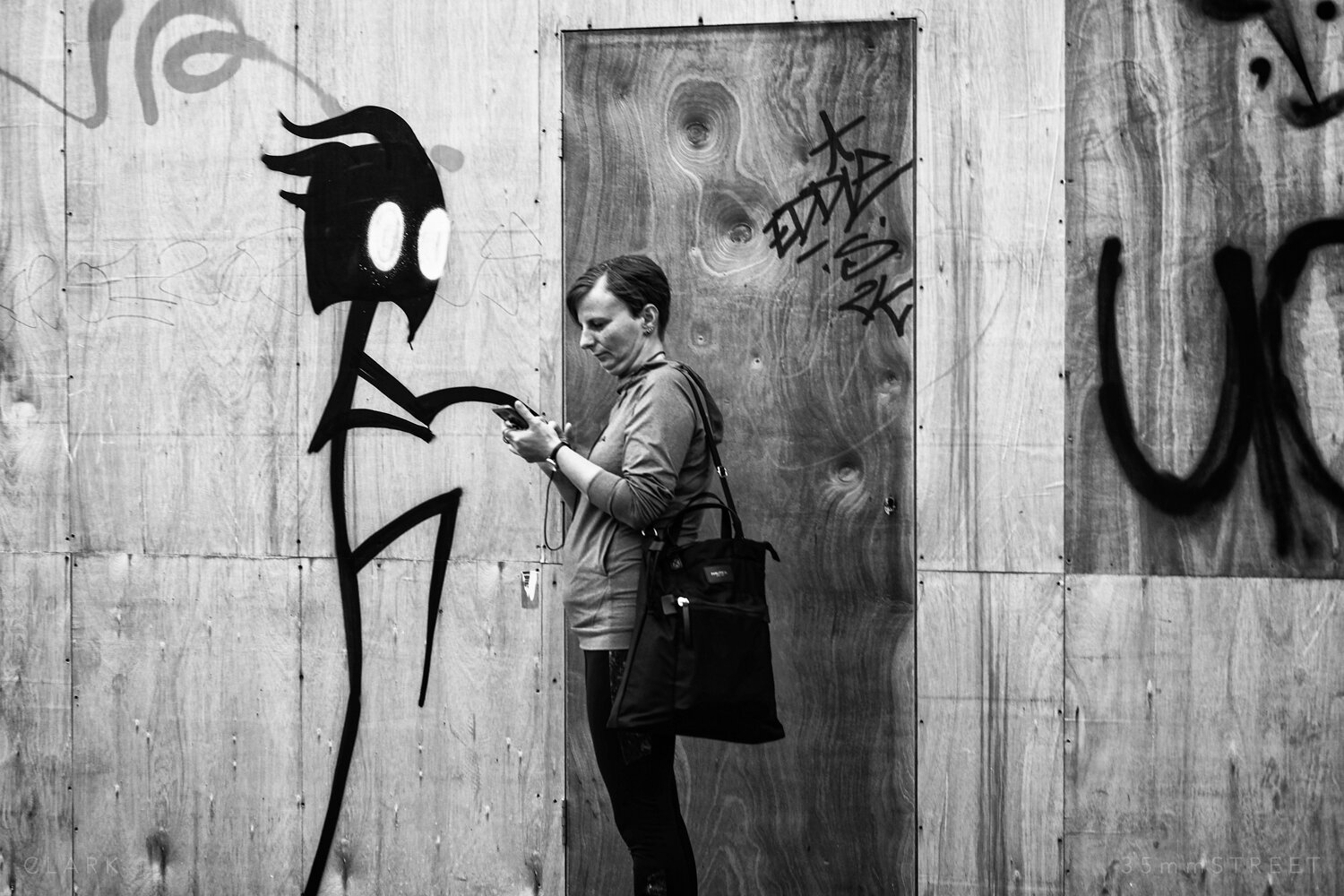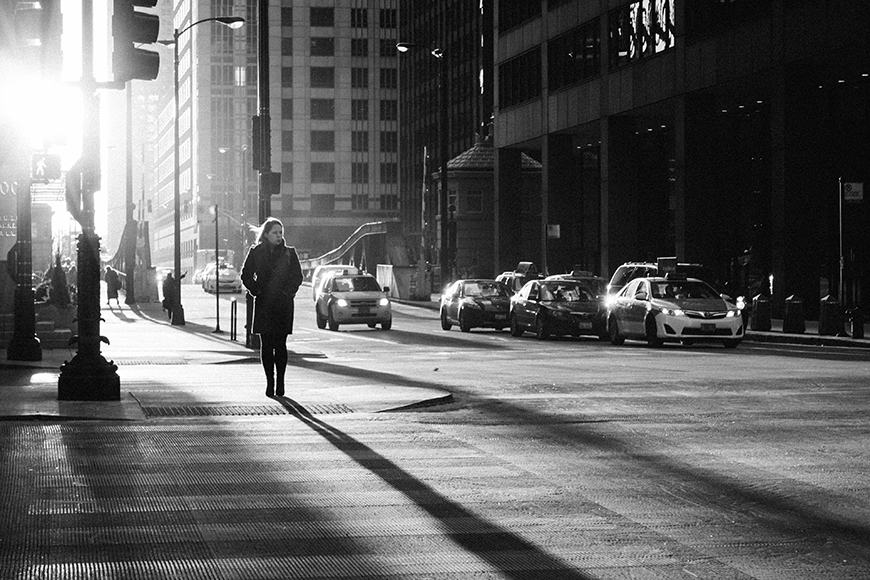Indicators on Street Photographers You Need To Know
Indicators on Street Photographers You Need To Know
Blog Article
Not known Factual Statements About Street Photographers
Table of ContentsLittle Known Questions About Street Photographers.The Only Guide for Street PhotographersHow Street Photographers can Save You Time, Stress, and Money.Street Photographers for DummiesSee This Report about Street Photographers
Street professional photographers do not always have a social purpose in mind, yet they prefer to separate and capture minutes which might or else go undetected.He was affected by several of those who affected the street digital photographers of the 1950s and '60s, he was not chiefly interested in catching the spirit of the road., that worked side by side with photographers trying to capture the essence of urban life.
Due to the relatively primitive innovation readily available to him and the long direct exposure time required, he had a hard time to capture the stress of the Paris streets. He tried out with a collection of photographic methods, trying to find one that would enable him to catch movement without a blur, and he discovered some success with the calotype, patented in 1841 by William Henry Fox Talbot. While the professional photographers' topic was basically the very same, the outcomes were noticeably various, demonstrating the effect of the photographer's intent on the personality of the photos he created.
See This Report on Street Photographers
Offered the fine quality of his photos and the breadth of material, architects and musicians typically bought Atget's prints to utilize as recommendation for their own work, though business passions were rarely his main inspiration. Rather, he was driven to photograph every last residue of the Paris he loved. The mingled interest and urgency of his mission luster through, causing photographs that narrate his very own experience of the city, high qualities that anticipated street digital photography of the 20th century.

Unlike his peers, Brassa utilized a larger-format Voigtlnder video camera with a longer direct exposure time, compeling him to be extra calculated and thoughtful in his practice than he may have been if utilizing a Leica. (It is thought that he might not have been able to pay for a Leica at that time, but he did, nonetheless, make use of one in the late 1950s to take colour photographs.) Brassa's photos of the Paris underworld brightened by man-made light were a discovery, and the compilation of the collection that he released, (1933 ), was a major success.

Top Guidelines Of Street Photographers
It is due to this essential understanding of the article art of picture taking that he is often credited with discovering the medium around once again about a century considering that its innovation. He took photos for greater than a half century and affected generations of photographers to trust their eye and instinct in the moment.
These are the questions I will try to answer: And then I'll leave you with my very own meaning of road digital photography. Yes, we do. Let's start with defining what an interpretation is: According to it look at more info is: "The act of specifying, or of making something certain, distinct, or clear".
No, definitely not. The term is both restricting and deceiving. Seems like a road digital photography should be images of a streets right?! And all street photographers, besides a handful of outright novices, will totally appreciate that a street is not the vital component to road digital photography, and in fact if it's an image of a street with perhaps a couple of monotonous people doing nothing of rate of interest, that's not road digital photography that's a photo of a street.
The Of Street Photographers
He makes a valid factor don't you assume? Nonetheless, while I agree with him I'm uncertain "candid public digital photography" will certainly catch on (although I do type of like the term "candid digital photography") because "road photography" has actually been around for a long time, with several masters' names affixed to check my site it, so I think the term is here to remain.
Inside?! I hear you scream as you tremble your fist to the skies. Why not? You can contend the coastline, at a festival, in a street, in a park, in a piazza, in a coffee shop, at a museum or art gallery, in a city station, at an occasion, on a bridge, under a bridge ...
Yes, I'm afraid we have no choice! Without regulations we can not have a definition, and without a meaning we don't have a category, and without a style we do not have anything to define what we do, and so we are embeded a "policies definition category" loophole! And no-one wishes to obtain embeded a loophole. - Street Photographers

Report this page